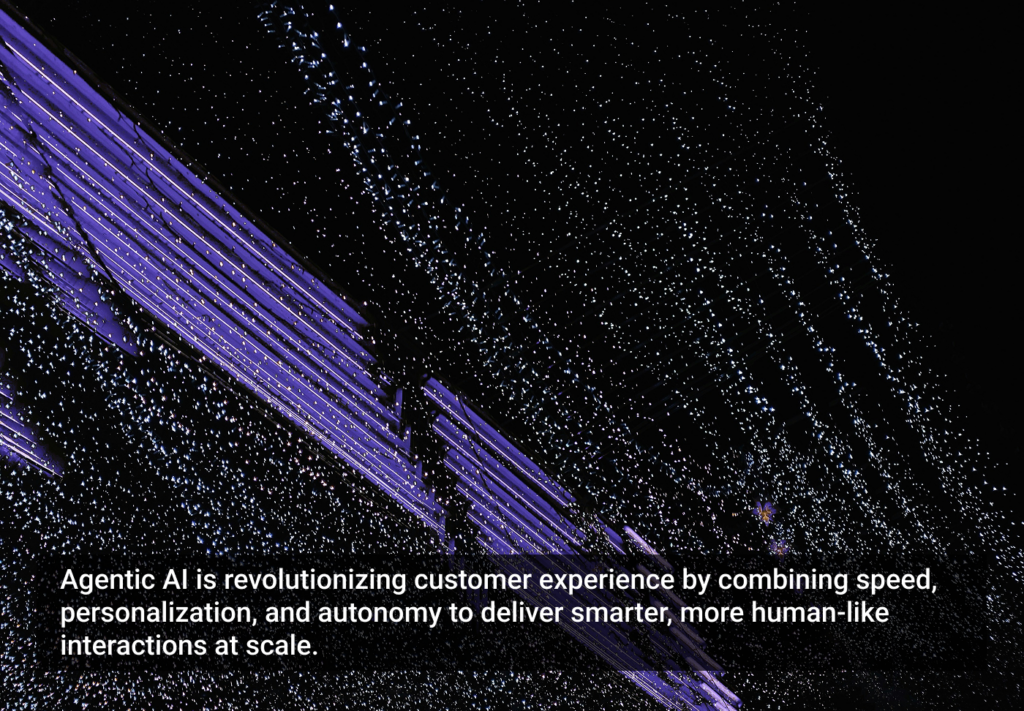A discussion about experience design generally comes loaded with semantic traps, especially when you’re talking with clever people who delight in playing devil’s advocate. Since writing the book Experience Design: A Framework for Integrating Brand, Experience, and Value with Kevin Farnham (released in August by Wiley & Sons), I am frequently asked about the meaning of “experience design.”
The first semantic snare usually crops up early on: How can you design an experience? After all, experience is a subjective phenomenon that occurs within the mind of the individual. The best one can do is to influence what someone experiences (such as a sense of value, utility, usability, etc.) through design. So, if you aren’t designing experiences, then what exactly is experience design?
It’s a fair question. The basic definition we build in the book is that experience design is a perspective on design intended to help stakeholders (the different business functions and design disciplines that may be interested in the outcome of a design effort) more effectively use both the processes and outcomes of design to solve problems. Experience design is proposed as a framework for developing shared objectives and criteria, with a focus on the creation and delivery of value (utility, meaning, etc.).
Our intention is to help business and design collaborate more intelligently. Unlocking the power of design allows a business to anticipate, plan for, and deliver experiences that are more likely to engage a customer in value-based relationships—ones that can be differentiated in ways that are both meaningful and measurable.
[google_ad:WITHINARTICLE_1_234X60_ALL]
The Experience Design Approach
With experience design, planning and execution are based on trying to align a business’ products and services with their brand and methods of engaging their market. This approach requires that the meaning and intent of the brand can be articulated in terms that influence experience and value, and are readily available to inform design teams. It sets the priorities for business and design as ongoing customer value and engagement in order to sustain business health and guide proactive evolution and innovation. It also considers a customer’s experience as unfolding over time, across multiple stages and touchpoints, all of which determines how value is perceived and whether or not the relationship is healthy or failing.
We purposefully position experience design as a perspective, not a discipline. While we believe that the skills and practices developed within disciplines are essential to establishing excellence in the craft of design, they need to be balanced with breadth. Anyone who has hired for, or worked in a design studio knows that different design disciplines have different priorities: aesthetics, behavior, brand, methodology, materials, responsiveness, simplicity, usability, etc.
A delightful first-use experience shouldn’t become an annoying delay in getting to utility over time
The challenge is that while all disciplines will agree that design is a good thing, each will bring a very different set of objectives, best practices, and ways of measuring success for design. The definition of (and requirements for) design can be too easily tied to the context of a given discipline. This can allow both buyers of design services or design practitioners to fall into bad habits, like failing to consider that there are things they aren’t even aware of and operating under the illusion that they have made a sound and informed choice or decision (when they often don’t account for the trade-offs and influences of interdependencies that have not yet been identified).
The Experience Design Perspective
The experience design perspective is that there will always be important connections—interdependencies, implications, and parallel opportunities—that may involve following mutually exclusive paths that need to be considered. It’s based on the assumption that very few people are aware of everything they should be considering, making it easier to accept the fact that you should always push the boundaries of your understanding of the context for which you design. This means it’s OK to ask questions; it’s good to be curious. It also means that you need a way to understand how to make sense of the answers, or what to do if there are no ready answers.
It can be hard to see past the focal point of a given discipline (even if one is emphatically trying to take a user-centered approach). Experience design is a way of avoiding such myopia by placing importance on input and feedback from different disciplines and business functions, as well as production/distribution partners. Experience design is inherently all-inclusive, never the specialty of a single discipline.
At the same time, it is a perspective that requires all parties to place priority on value for the customer as a primary criterion of any solution. It doesn’t matter if this value is tangible or intangible (ideally, it’s both!), but it very much matters that both the buyer of design services and the design practitioner accept that it is not their perception of value that is most important—it’s the customer’s perception of value, based on their context, that is the measure.
Experience Design, Customer Experience, and Interaction Design
Consider this when comparing the roles of user experience and customer experience, or user experience and interaction design. Through an experience design lens, they are additive to an overall design solution, and can have independent, yet related roles.
For instance, in addition to helping make sense of how humans understand and execute tasks and processes, interaction design can begin to include systems that do not have a direct user interface or an experience exposed to humans (if it isn’t already)(e.g. M2M interfaces and interactions) since what a human encounters will depend on how interactions at this level are defined and designed.
User experience designers taking a human-centered approach can also consider how differentiation can better support commercial objectives (near-term and long-term) and not just balance usability and delight. The feasibility of a business is based on on-going customer engagement, not just lowered learning curves.
Customer experience designers can define experiences that extend beyond the purchase of a product or service. A good purchase experience, or even user experience, doesn’t guarantee future business. To ensure feasibility of a business, customers must remain engaged, and this requires thinking across all stages of the relationship and looking for ways to add or increase value.
Every design discipline needs to be aware that the customer—the end target of all this effort—is not evaluating the contribution from each team or skill set independently. A customer’s experience is made up of many moving parts, and the context in which these are evaluated changes over time.
Difference in Differentiation
The position we take in the book is that the need for the perspective of experience design is a natural outcome of how the modern world has progressed. With paradigm shifts in production and distribution (such as the industrial revolution or digital technology/media) the cost to produce a good at specific level of quality decreases dramatically with the increase in volume produced. This same shift rewards speed-to-market often at the expense of time spent on design and quality of experience.
As the number of goods and services available for any given need proliferate, competition for attention increases the need for differentiation. If design is already challenged to work faster to produce greater differentiation, this can come at the expense of true utility and value; difference becomes only skin deep. Compound this with the marketing of brands as beliefs, and you help to justify superficial differences by reinforcing a consumer’s “rational” choices that are really based on more “emotional” motivations. And it becomes self-perpetuating if the designers’ capabilities or influences are continually constrained to producing differences that are merely superficial.
Conclusion
My conversations eventually end with a final semantic quandary: If emotion is a key component of experience, how can you call it experience design and not be about targeting and activating an emotional response in people? This is extremely important, and all design needs to consider this, but we also believe that choosing which emotions to target, and how best to do so, changes over time and by type of need.
A delightful first-use experience shouldn’t become an annoying delay in getting to utility over time. And we shouldn’t forget that a customer’s context shifts over time. If activation of emotions is the value needed, then the product or service had better deliver, but if activating emotions is used for attracting awareness and creating desire, real value had better be in the equation somewhere.
Simply put, businesses don’t get the full return on their investment in design if the outcome is only a momentary emotional response from customers. Any long-term positive emotional response has to have a strong value component.
What is encouraging is that once the semantic traps have been cleared (or at least acknowledged), the usual outcome of the conversation is an extreme enthusiasm for the difference that design can make when more people understand the experience design perspective and begin to let it guide their thinking.
Image of forest for trees courtesy Shutterstock







